Process Capability Index Cpk
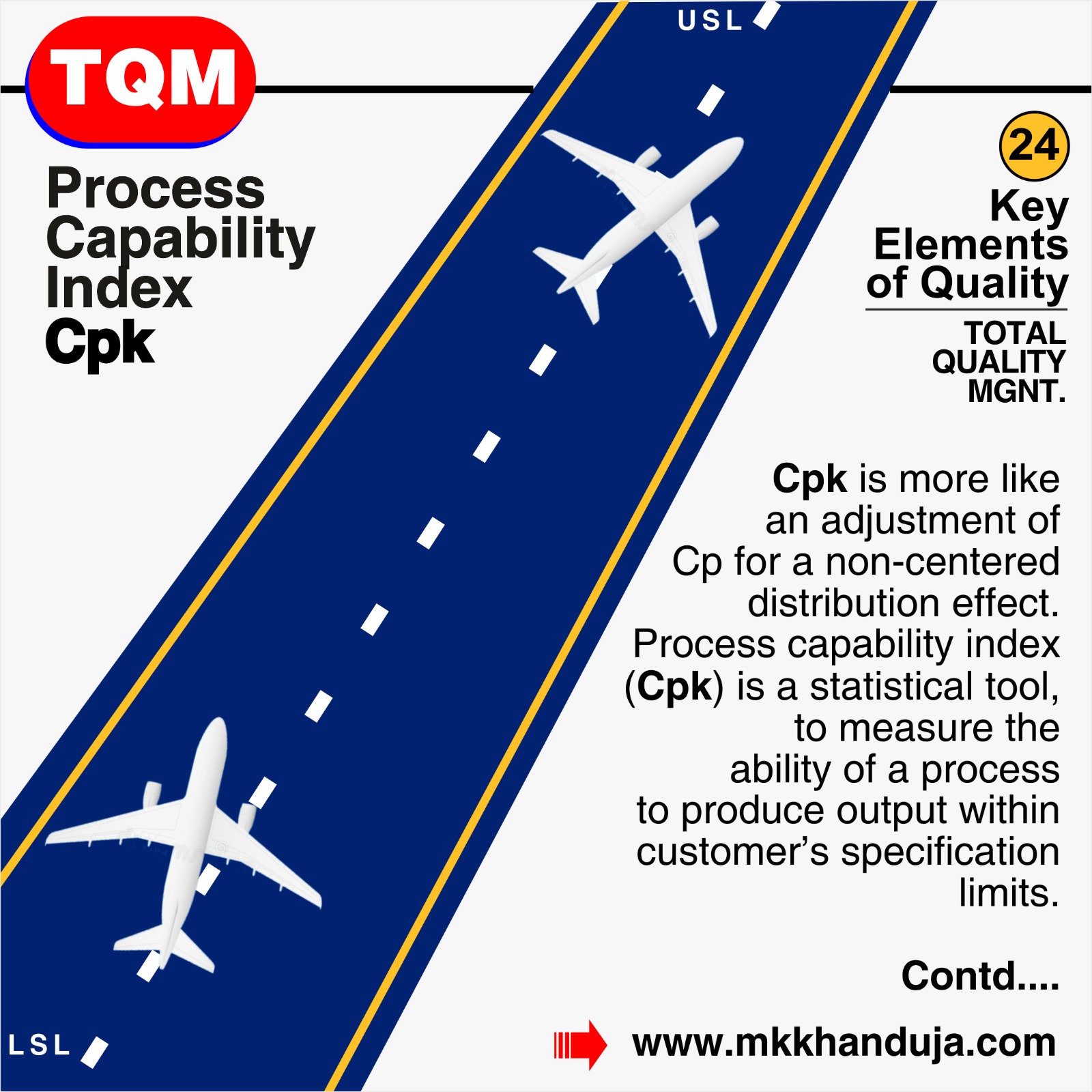
Cpk is more like an adjustment of Cp for a
non-centered distribution effect. Process capability index (Cpk) is a
statistical tool, to measure the ability of a process to produce output within
customer’s specification limits. In simple words, it measures producer’s
capability to produce a product within customer’s tolerance range. Cpk is used
to estimate how close you are to a given target and how consistent you are to
around your average performance. Cpk gives you the best-case scenario for the
existing process. It can also estimate future process performance, assuming
performance is consistent over time.
Cpk is a standard index to state the
capability of one process, the higher the Cpk value the better the process is.
For instance, Machine 1 has a Cpk of 1.7 and machine 2 has a Cpk of 1.1. From
the Cpk value, one can derive that Machine 1 is better than 2.
Mathematically, Cpk is expressed as follow:
Cpk=min { (µ-LSL)/3 sigma,(USL-µ)/3 sigma}
Where:
µ=Mean
USL= upper specification limit
LSL= Lower specification limit
Benefits of Cpk
Cpk is a simple and useful metric for comparing your process with your internal or external specifications, targets, expectations, or any other desired outcome for your process.
1. Simple yet powerful calculation
To compute your Cpk value, you only need to know the mean and standard deviation of your data and the specs you want to test against.
2. Can account for a process not centered within the specs
If the process is centered within the specs, you would use the calculation of Cp to assess the potential of your process capability. But, as it is in most cases, if the process is shifted off center, then the Cpk will account for that shift.
3. Can be used to compare different processes.
The Cpk allows you to compare the performance of disparate functions since it is a generic measure of the process’s ability to meet specs. If a manufacturing line had a Cpk of 0.82, and a finance department had a Cpk of 1.89, you could say that finance is doing a better job of meeting its customer’s requirements than is manufacturing.
Cpk=min { (µ-LSL)/3 sigma,(USL-µ)/3 sigma}
Where:
µ=Mean
USL= upper specification limit
LSL= Lower specification limit
Benefits of Cpk
Cpk is a simple and useful metric for comparing your process with your internal or external specifications, targets, expectations, or any other desired outcome for your process.
1. Simple yet powerful calculation
To compute your Cpk value, you only need to know the mean and standard deviation of your data and the specs you want to test against.
2. Can account for a process not centered within the specs
If the process is centered within the specs, you would use the calculation of Cp to assess the potential of your process capability. But, as it is in most cases, if the process is shifted off center, then the Cpk will account for that shift.
3. Can be used to compare different processes.
The Cpk allows you to compare the performance of disparate functions since it is a generic measure of the process’s ability to meet specs. If a manufacturing line had a Cpk of 0.82, and a finance department had a Cpk of 1.89, you could say that finance is doing a better job of meeting its customer’s requirements than is manufacturing.

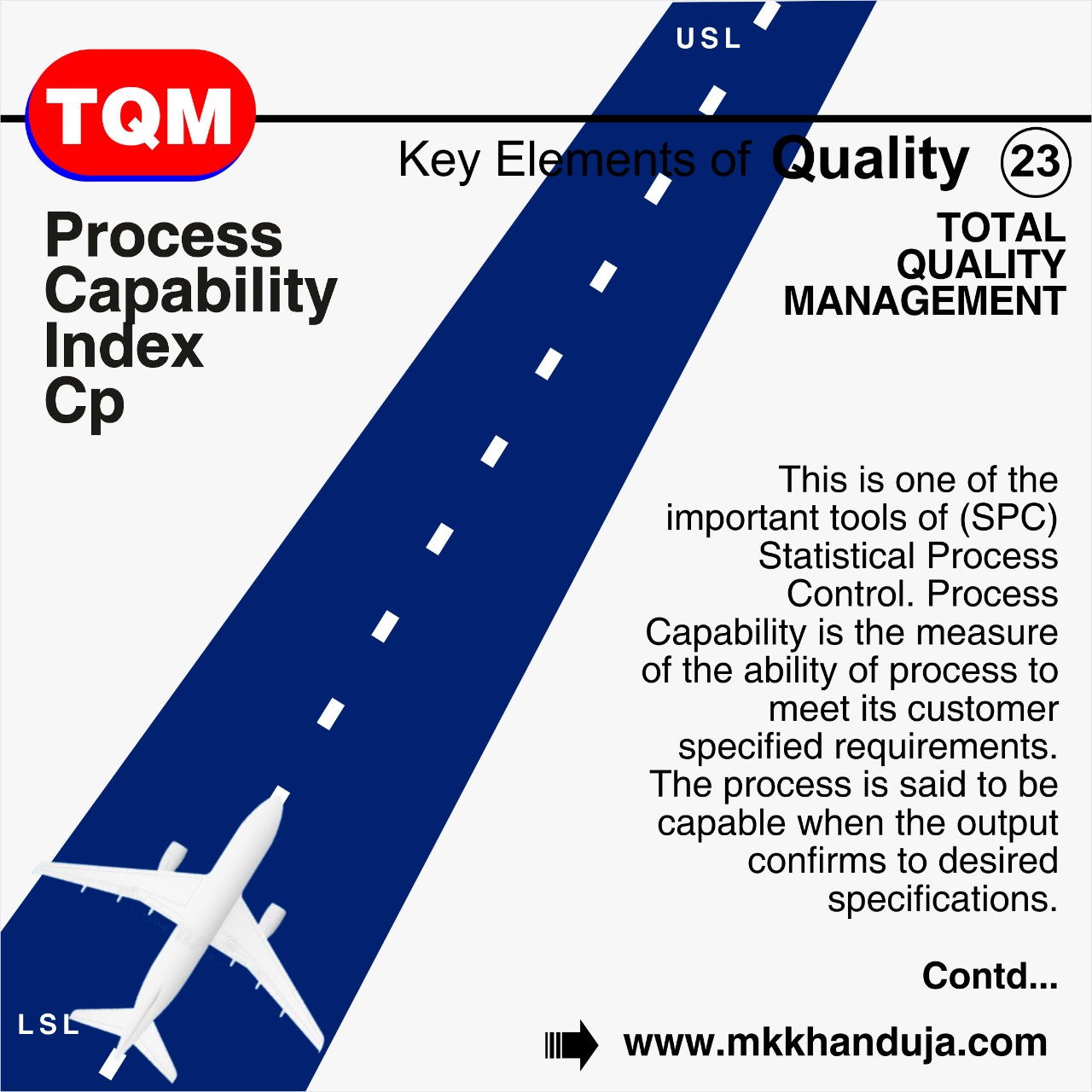
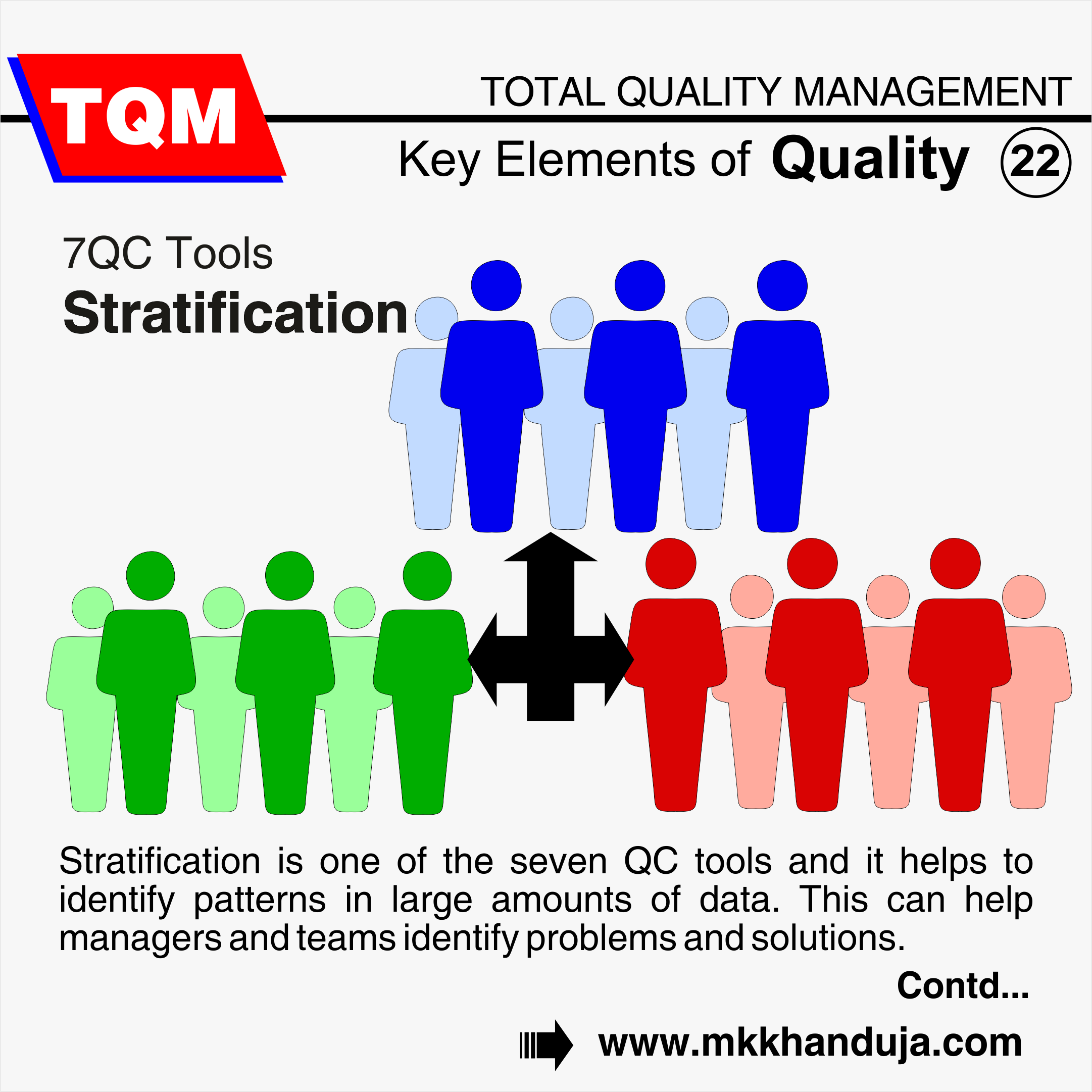
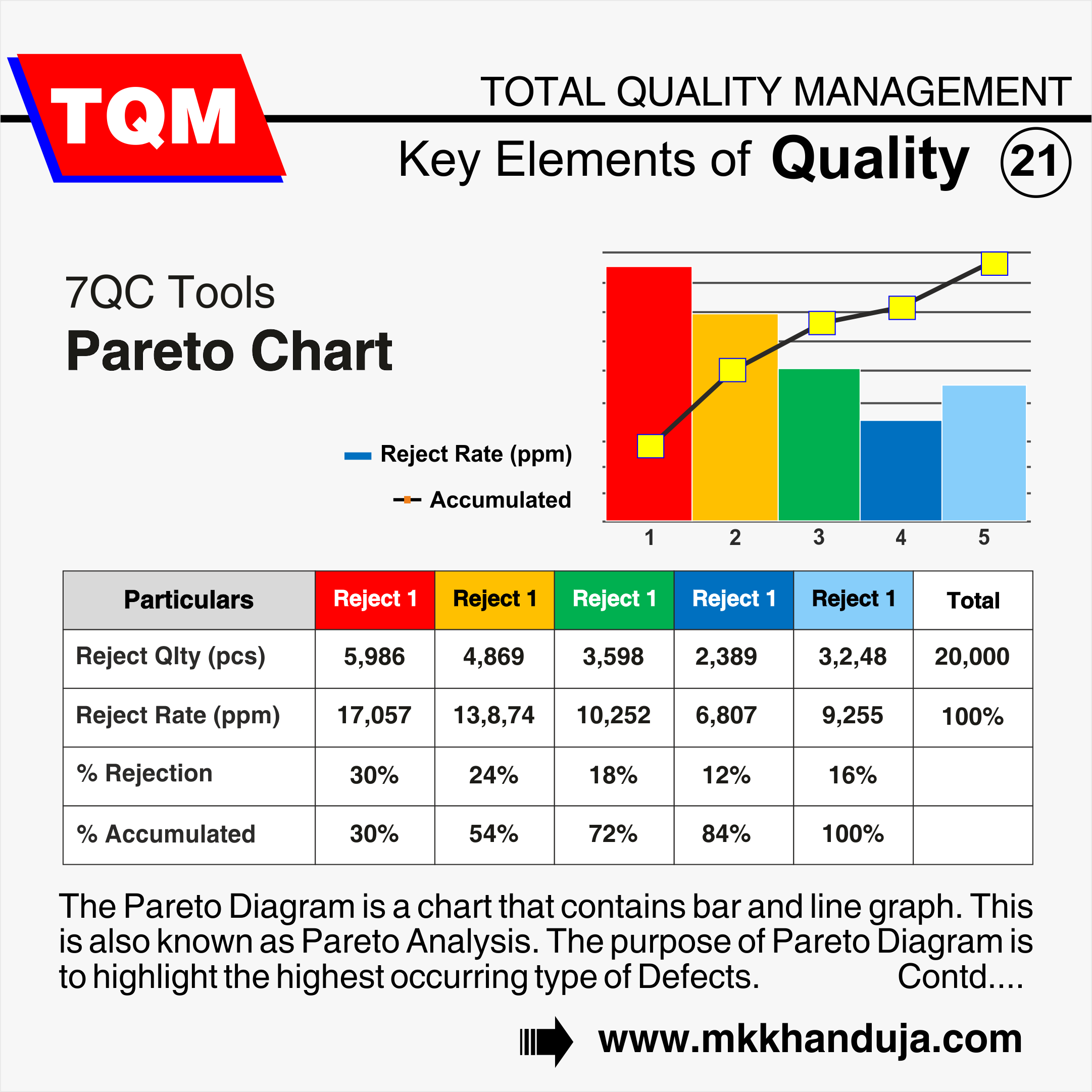
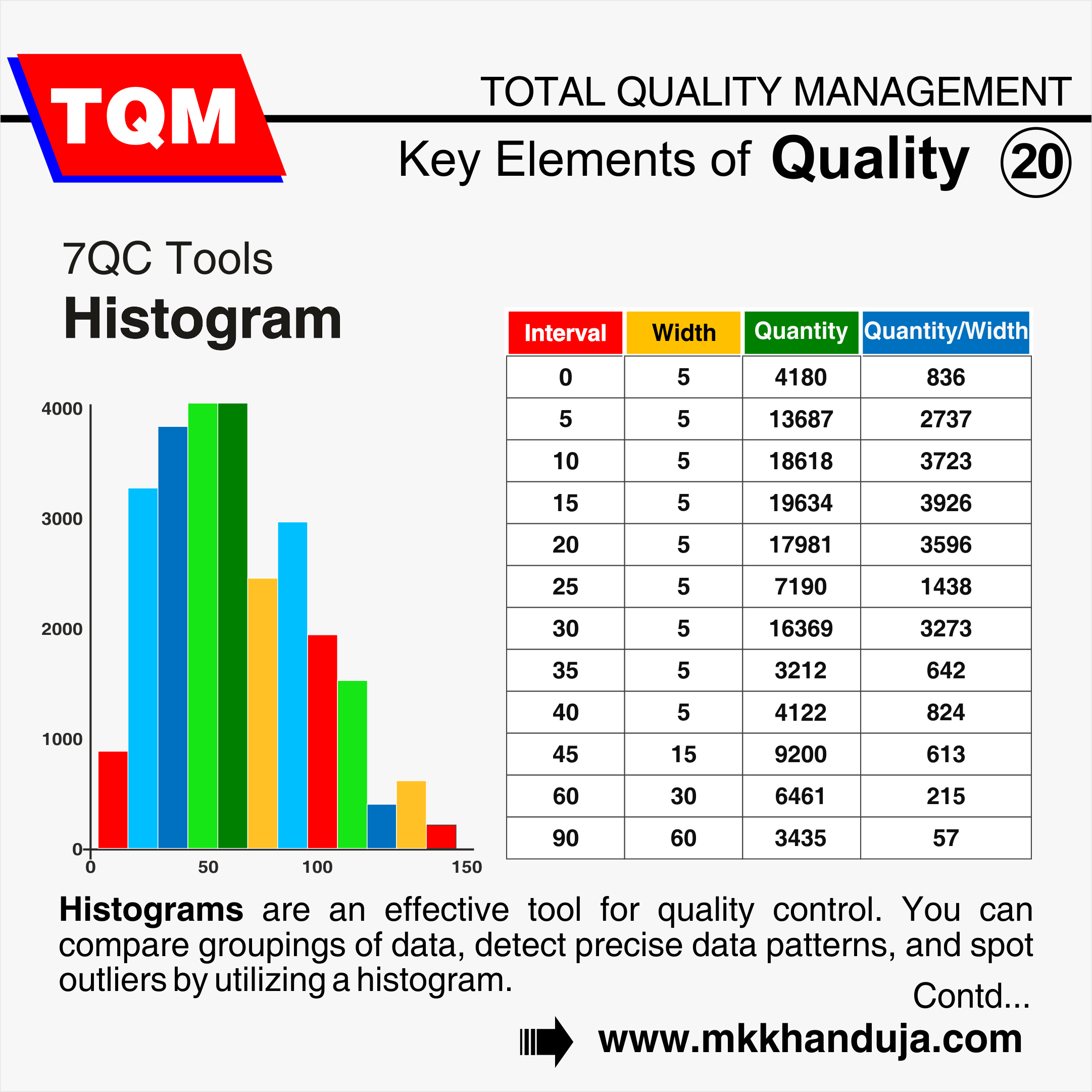
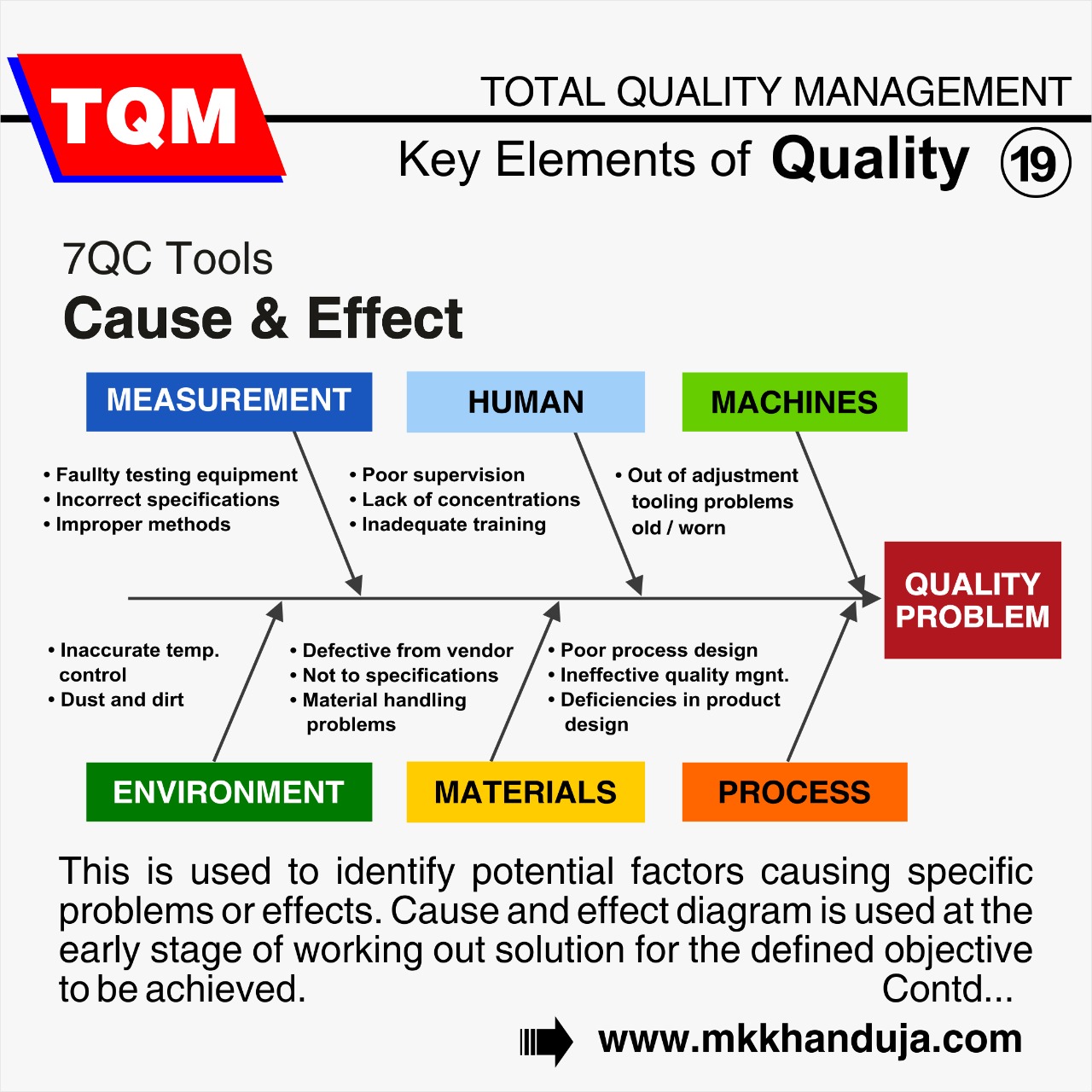
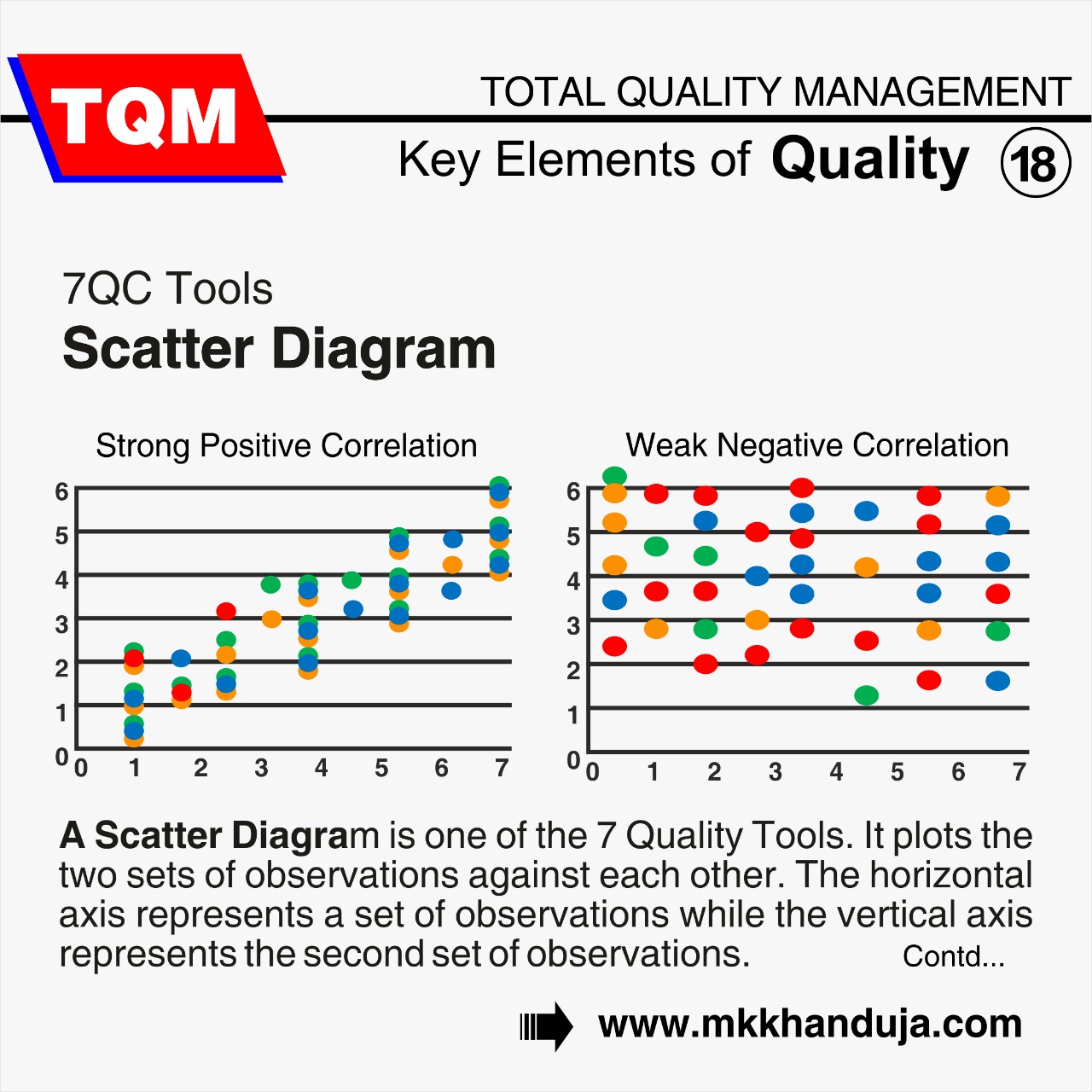
Comments